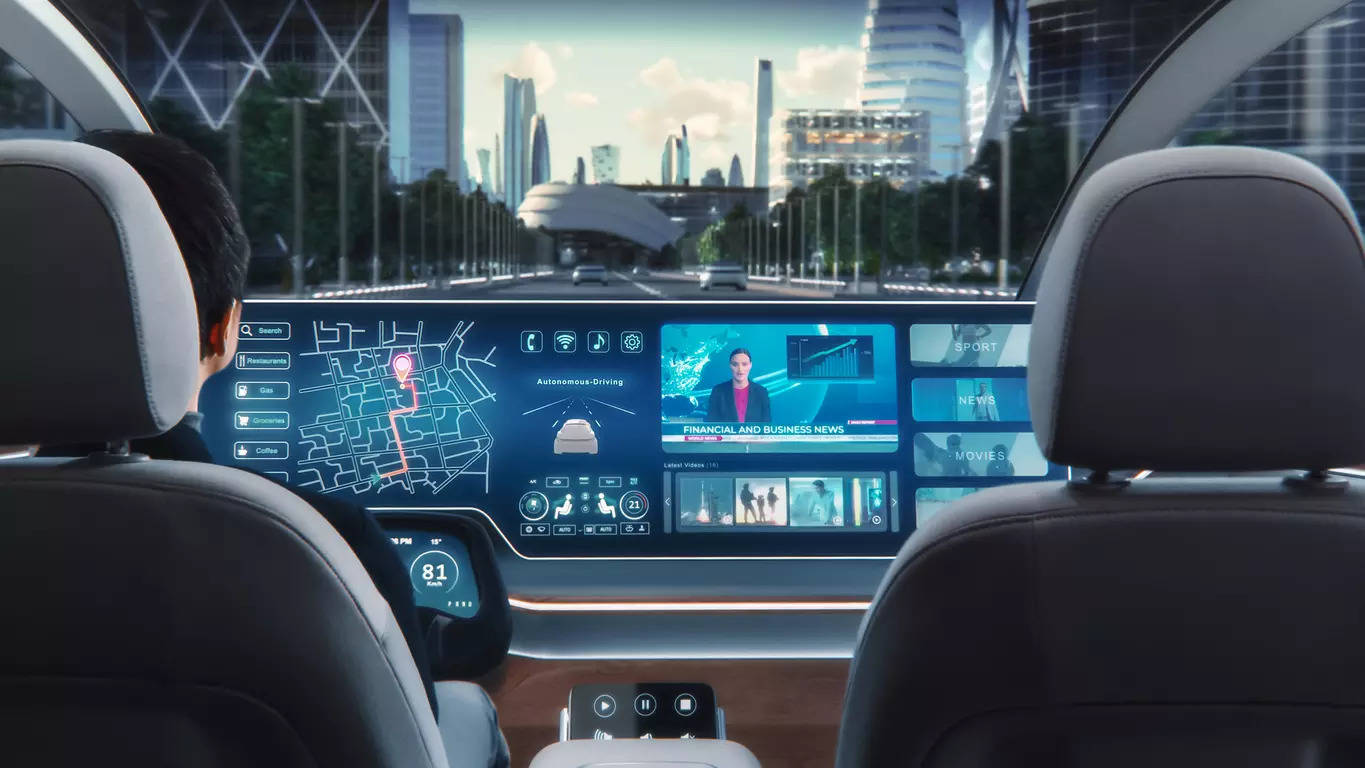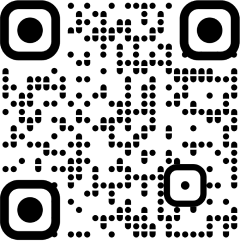
New Delhi: In recent years, the automotive industry has undergone a significant transformation in the in-car display technology, revolutionizing the way drivers interact with their vehicles. From traditional instrument clusters to expansive pillar-to-pillar displays, the landscape has evolved rapidly, incorporating cutting-edge technologies like OLED displays, gesture controls, head-up displays, etc., to enhance the driving experience.
Instrument clusters, once limited to simple analogue gauges and basic digital readouts, have evolved into sophisticated information hubs. Modern vehicles boast of high-resolution, fully digital instrument clusters that provide drivers with a wealth of information at a glance. These clusters utilize cutting-edge technologies to deliver vibrant visuals and customizable layouts.
One notable trend is the integration of augmented reality (AR) in instrument clusters. Brands like Mercedes-Benz are incorporating AR technology to overlay navigation instructions and other relevant information directly to the driver’s line of sight, minimizing distractions and enhancing overall safety.
Beyond entertainment
Infotainment screens have become the focal point of the car’s interior, offering a centralized hub for navigation, entertainment, and vehicle controls. Touchscreens, ranging from 7 inches to a massive 31 inches on the BMW i7 or even more, are now becoming a commonplace in modern vehicles.
OLED (Organic Light-Emitting Diode) displays, known for their vibrant colours, high contrast ratios, and faster response times, are gaining popularity in infotainment systems. This technology not only enhances the visual appeal of the screen but also contributes to energy efficiency.
One of the most noticeable trends in recent car models is the emergence of panoramic and pillar-to-pillar displays. Instead of having separate instrument clusters and infotainment screens, some manufacturers are opting for a seamless, continuous display that spans the entire dashboard.
This design choice creates a visually striking and immersive experience for both the driver and passengers. Vehicles from Mercedes-Benz, and Mahindra in India with the launch of their XUV 700 in 2021, exemplified this trend by integrating massive screens that provide a comprehensive view of critical information and entertainment features.
Prasad C Basappa, Head – User Experience at Continental, said, “While buying a car, the engine is not a differentiator anymore. User experience is the new horse power.” He added that, “Democratisation of technology is happening.”
Safety integration
As displays become larger and more feature-rich, safety integration becomes paramount. Auto manufacturers are leveraging advanced driver-assistance systems (ADAS) to ensure that in-car displays contribute to a safer driving environment.
Voice recognition, gesture controls, and haptic feedback are being integrated to reduce the need for manual interaction with the displays. This helps in minimizing distractions, allowing drivers to keep their eyes on the road while still accessing essential information.
The road ahead
The trajectory of in-car display technology suggests a continued emphasis on seamless integration and enhanced user experience. The future may bring forth innovations such as curved displays, 3D visualizations, and further advancements in AR technology.
Moreover, the integration of artificial intelligence (AI) is expected to personalize the in-car experience, learning from the driver’s preferences and habits to offer contextually relevant information and recommendations.
Sameer Jindal, Senior Director, Manufacturing at MG Motor India, said, “In future there may be accessories like joysticks, to connect to the car’s screen for the passengers to enjoy console-like gaming experience.” He also said that there will be a scale up of the digital cockpit platform.
In conclusion, the evolution of in-car display technology has transformed the driving experience, providing a harmonious blend of functionality, aesthetics, and safety. From advanced instrument clusters to pillar-to-pillar displays, the automotive industry continues to push the boundaries, offering drivers a glimpse into the future of connected and intelligent vehicles. As technology continues to advance, the journey behind the wheel is set to become more immersive, intuitive, and safer than ever before.

















